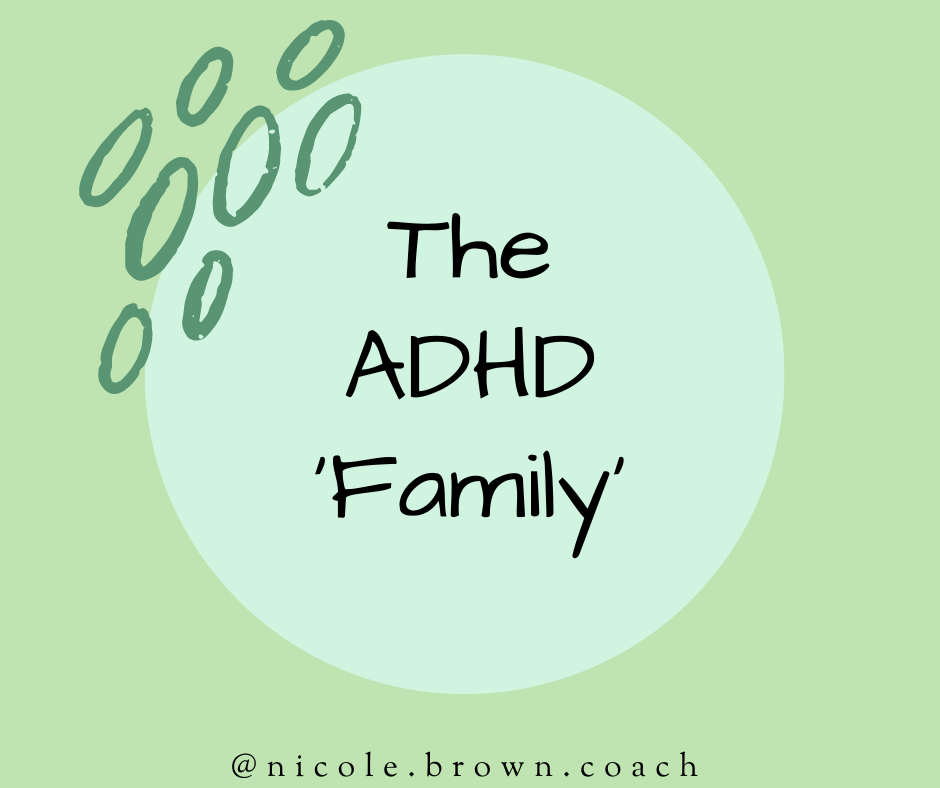The ADHD ‘Family’
Anywhere from 50-90% of people with ADHD are also faced with the challenge of at least one other psychiatric, learning, or neurodevelopmental disorder sometime during their life.
The term used to describe these co-existing conditions is comorbidities. When a comorbid condition exists, the person is said to have Complex ADHD.
A comorbid condition is a separate diagnosis that exists alongside ADHD. The conditions are not dependent on each other so each must be treated uniquely.
As you may expect, co-existence of conditions can make it even more difficult to develop an appropriate treatment and management plan for each of the conditions. That’s why it’s important to seek a professional diagnosis for each one.
Today we will highlight some of the more common conditions linked to ADHD, and the approximate percentage of people with ADHD who may also have each of these conditions. It’s important to note that the range of percentages vary depending on age and sex, and not all conditions are prevalent throughout someone’s life. For example, some conditions are more likely to occur in childhood.
◆ Depression (10-70%)
◆ Sensory Processing Disorder SPD (40-60%)
◆ Learning Disabilities (50%)
◆ Anxiety (25-40%)
◆ Bipolar Mood Disorder (25-40%)
◆ Obsessive Compulsive Disorder OCD (25-33%)
◆ Autism Spectrum Disorder ASD (30%)
◆ Oppositional Defiant Disorder ODD (10-25%)
◆ Tourette Syndrome (7%)
The takeaway?


We've already been talking about how challenging it can be to have ADHD. Now we have to factor in the possibility of additional hurdles to overcome or manage from a comorbid condition, where yet unexplained signs and symptoms exist.
As the ADHD picture comes sharper into focus, it becomes easier to see why people with ADHD need understanding and support. As do those around them.


